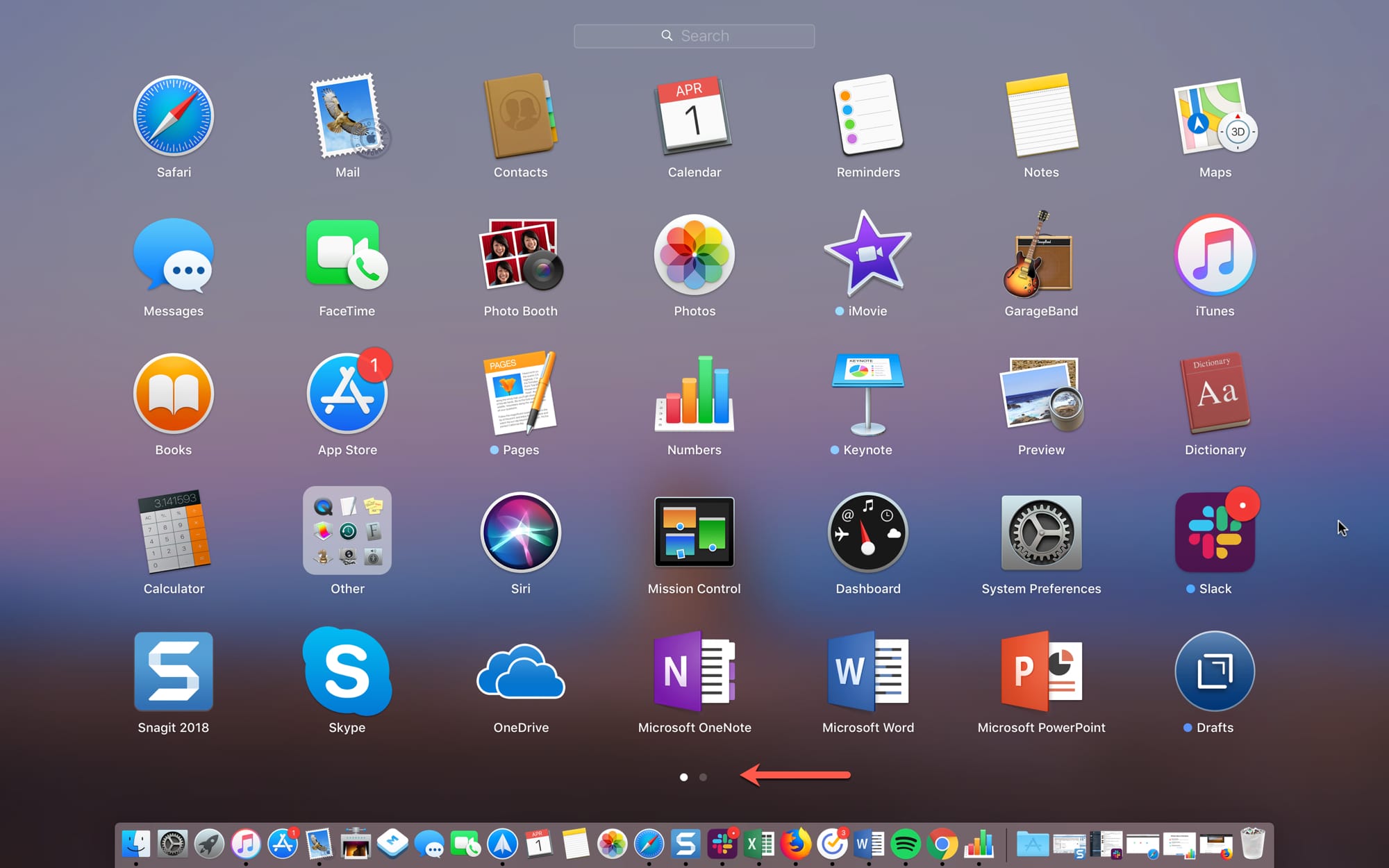

To let Siri respond to your requests, tick Enable Ask Siri (if this is disabled, Siri will still make suggestions in apps and learns how you use your Mac, you just won’t be able to ask it questions). Step 1: Open System Preferences, then click Siri. These days, the Siri assistant is an important part of using an Apple device, so making sure it’s set up correctly for you is important. This will mute all notifications for the period you choose you can choose to allow certain exceptions if you like. Step 7: Finally, you can turn on Do Not Disturb at the top of the left-hand column and adjust its settings. You can also hide the red circle on an app icon showing how many notifications that app has, and decide whether alerts should play a sound. Here, you can show or hide notifications on the lock screen, decide whether to show notification previews and when, and whether to show notifications in the Notification Center. Step 6: Further adjustments can be made using the checkboxes at the bottom of the window. You can also disable banners while allowing notifications elsewhere (such as on your lock screen). For instance, a notification from Reminders in the Alert style will let you mark it as completed or snooze it. The Banner style just displays notification info the Alert style, on the other hand, gives you action options. Step 5: App and system notifications often appear as a banner in the top-right corner of your screen. Step 4: Here, you can choose to disable notifications entirely by clicking the Allow Notifications from dial.

Step 3: In the left-hand column, choose an app whose settings you want to change. Step 1: Open System Preferences in the usual way. Thankfully, MacOS gives you a lot of control over them on a system-wide or app-by-app basis. Sometimes, notifications on your Mac can be a real distraction. To do this, go to the System Preferences home page and click Desktop & Screen Saver, then choose a wallpaper. Step 4: Even though Dark Mode automatically changes your wallpaper, you can still set it manually and keep the Dark or Light color scheme elsewhere. Clicking one of these will change the MacOS color scheme, including its wallpaper, menu bar, window colors, and more. Step 3: At the top of the General menu are three options under the Appearance heading: Light, Dark and Auto. Step 1: Open System Preferences from the Apple logo in the top-left corner or from your Dock. Although it was introduced in MacOS Mojave, in MacOS Catalina onwards you can allow your Mac to automatically enable Dark Mode based on the time of day. (If you don’t see this option then your Mac doesn’t support True Tone.) How to adjust Dark Modeĭark Mode in MacOS makes your Mac’s display a lot easier on the eyes, especially when you’re using it at night. If you want to turn it off, untick the box labelled True Tone underneath the Automatically adjust brightness checkbox. This automatically adjusts your display’s colors to make them look consistent in different ambient lighting conditions. Step 4: If your Mac supports True Tone, you can disable this too. Step 3: Under the Brightness slider, untick the box reading Automatically adjust brightness. Step 2: In System Preferences, click Displays. This can be done by clicking the Apple logo in the top-left corner, then System Preferences, or by clicking the icon in the Dock. That’s particularly true if you’re editing photos and need a consistent brightness level for accuracy. This works well, but there may be times when you want the brightness to remain the same no matter where you are. If you’re working in a dark room, it’ll lower the brightness to avoid searing your eyes, for example. This detects the amount of light where you are and adjusts the display brightness accordingly. Your MacBook Pro has an in-built ambient light sensor fitted into the bezel of the screen. Let’s take a look at the most important settings you can change when you get a new MacBook Pro. Whether that means changing how Dark Mode works, customizing the way Siri sounds, or adjusting how you use your MacBook Pro’s pre-loaded gestures, there’s a host of customization available to you in MacOS. How to change how the Dock works and looks.


 0 kommentar(er)
0 kommentar(er)
